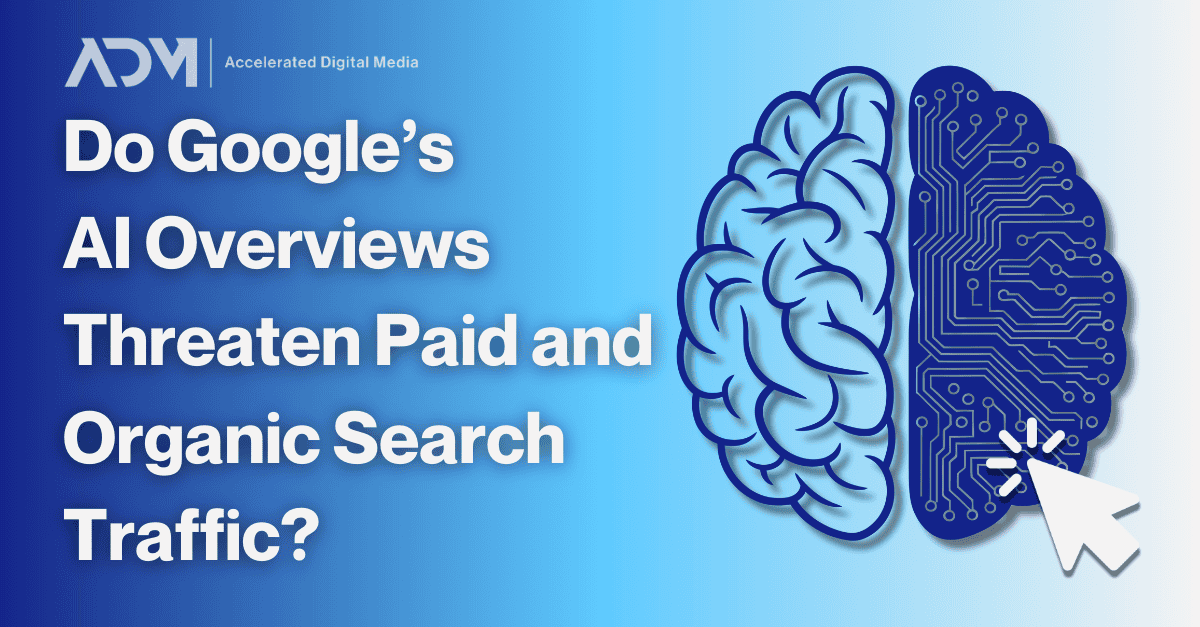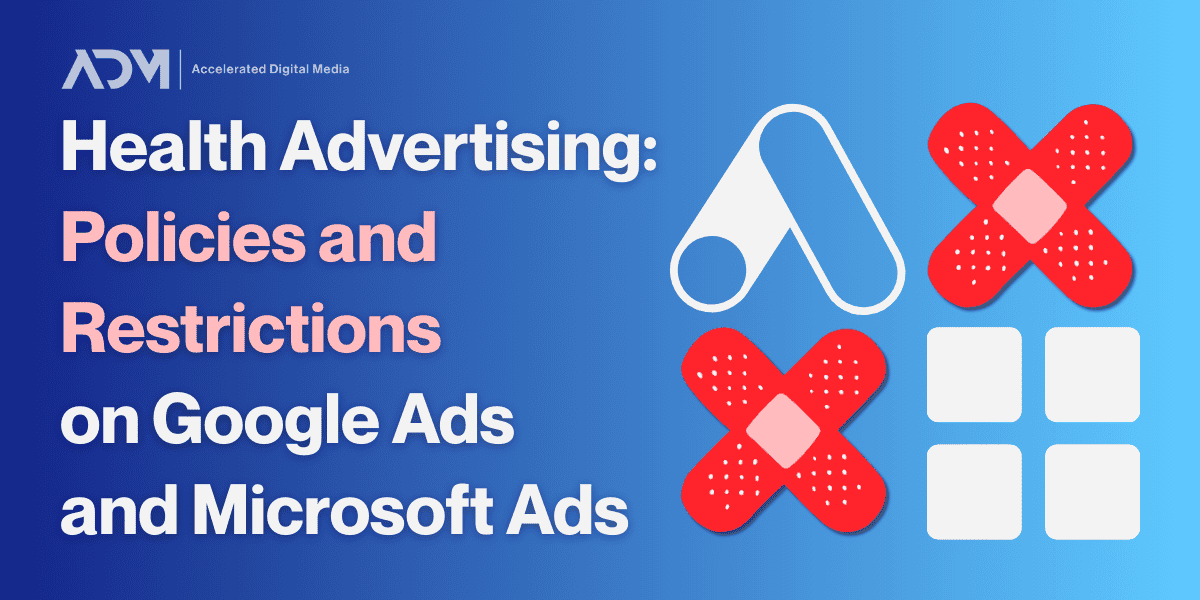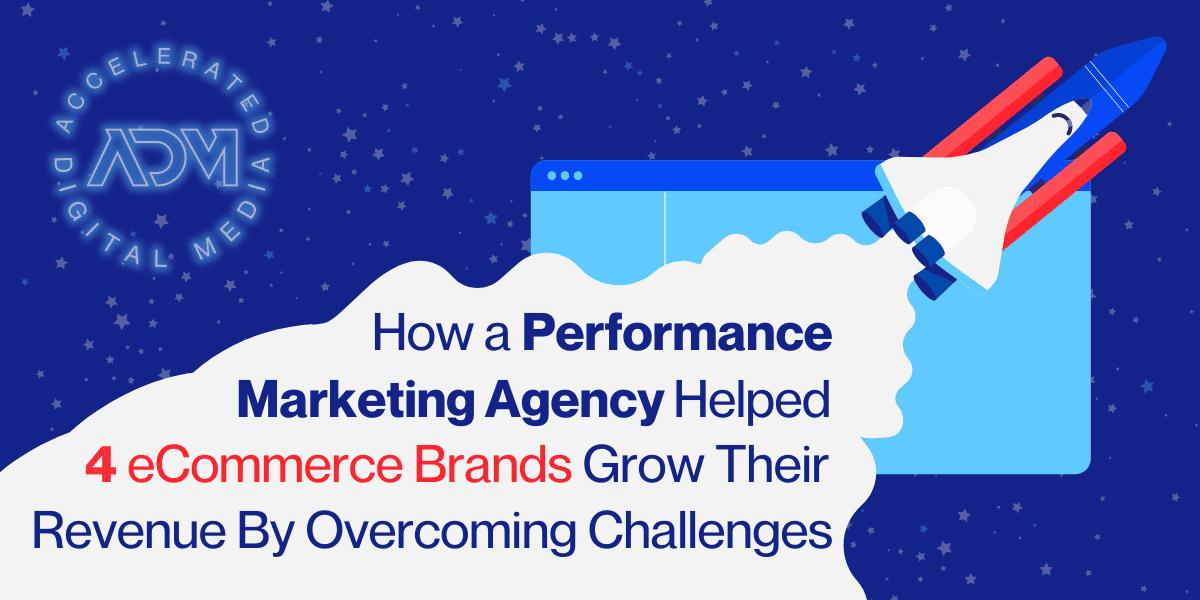If it seems like your website traffic has gone down in recent months, that probably isn’t a mirage—and you’re probably not alone. Google’s search engine results page (SERP) has undergone rapid changes over the past few years, and many agencies (ours included) have been theorizing that these changes would result in declining web traffic for paid and organic search results.
Now, a new study indicates that decline has begun—and it might be dramatic. In this blog, we’ll explain why clicks were likely to decline, take a look at what the new study says, and provide some tips on how brands can use digital marketing to offset this downturn in traditional site clicks.
Why Have Digital Marketers Expected Click-Through Rates to Decline?
Many in the digital marketing industry have been expecting a decline in click-through rates (CTRs) because of how significantly Google has altered the SERP.
For one, it has become much more visual than it was in the past. New shopping, image, and video result integrations don’t just grab users’ attention more quickly: They also push text-based paid and organic search results further down the page.
But the biggest concern has been Google’s new AI Overviews (AIOs), which auto-populate at the very top of the SERP for a growing number of queries. Now, rather than searching a question and scrolling through results to find a webpage that seems relevant to that query, Google is trying to cut out that process. AIOs aggregate answers from relevant pages and use a language learning model (LLM), not unlike ChatGPT, to type up a summary response to that query.
AIOs sometimes struggle to draw from credible sources or interpret information accurately, but even with that known, it still seemed inevitable that they would begin to depress CTRs. That said, these AIOs do include links to the articles and pages they are generated from, which means that some web pages could actually see an uptick in CTR as a result.
What Does the New Study Say About AI Overviews and Click-Through Rates?
The new study, conducted by Seer Interactive, sought to determine whether CTRs really were declining as a result of Google’s AIOs. It surveyed thousands of keywords with informational intent, chose pages that were in the top 20 of positions for those keywords, and categorized them into two groups: those which delivered AIOs at some point during the January 2024 through January 2025 test period and those that did not.
Paid Search CTRs on queries where an AIO were shown declined by more than 25% (8.76% to 6.56%) from January 2024 to January 2025. For organic keywords, that decline was more than 50% (1.41% to 0.64%).
While those changes are considerable, there were two additional interesting findings from this work:
- Organic CTRs improved modestly when AIOs were not present
- Paid and Organic CTRs both improved substantially for brands that were cited in the AIO
Tips for Advertisers
The changing SERP and the introduction of AIOs will force digital marketing agencies to adapt. It’d be easy to frame this as a crisis for paid and organic search, but it’s unclear how this dynamic will work itself out. Search has been both Google’s bread-and-butter service and a major goldmine for the start, and it’s hard to imagine that it won’t seek a balance between new features and expected functions. But in the meantime:
- Keep your digital marketing diversified: Change is constant across all social channels—and it can cause either temporary or sustained performance dips on different platforms. The best way to keep your brand from suffering too heavily from these dips is to have a robust strategy in place across all digital marketing channels, including SEM, paid social, and programmatic advertising.
- Realign some Google Ads priorities: If traditional paid search CTRs taper due to the crowded SERP, it’s time to start working your way into the mediums that are doing the crowding. On the paid side, that means optimizing your Shopping Ads and perhaps investing more heavily in Performance Max, Google’s excellent AI-driven, multi-format campaign type. You may also seriously consider deploying more YouTube campaigns.
- Focus on conversion rate optimization (CRO): If fewer users are going to click through to your site, you need to maximize results from the ones who do—so it may be a good time to audit your CRO and identify any areas for improvement on site.
- Optimize for AIO results: Since appearing in the AIO does offer enhanced visibility and improvements in CTR, it’s worth aiming for. While there aren’t consensus guidelines for how to do that yet, you can give yourself the best chance by building highly-structured organic content that directly addresses the most important questions related to your market—not unlike how brands have optimized for the “people also ask” section in the past.
Whether or not Google seeks to offset the ripples it is creating with AIO, advertisers will need to be monitoring their clicks more closely than ever. To stay afloat in these changing waters, it is also useful to partner with an expert digital marketing agency that anticipates change rather than just reacting to it. If you’re looking to speak to one such agency, don’t hesitate to reach out to the ADM team today.




